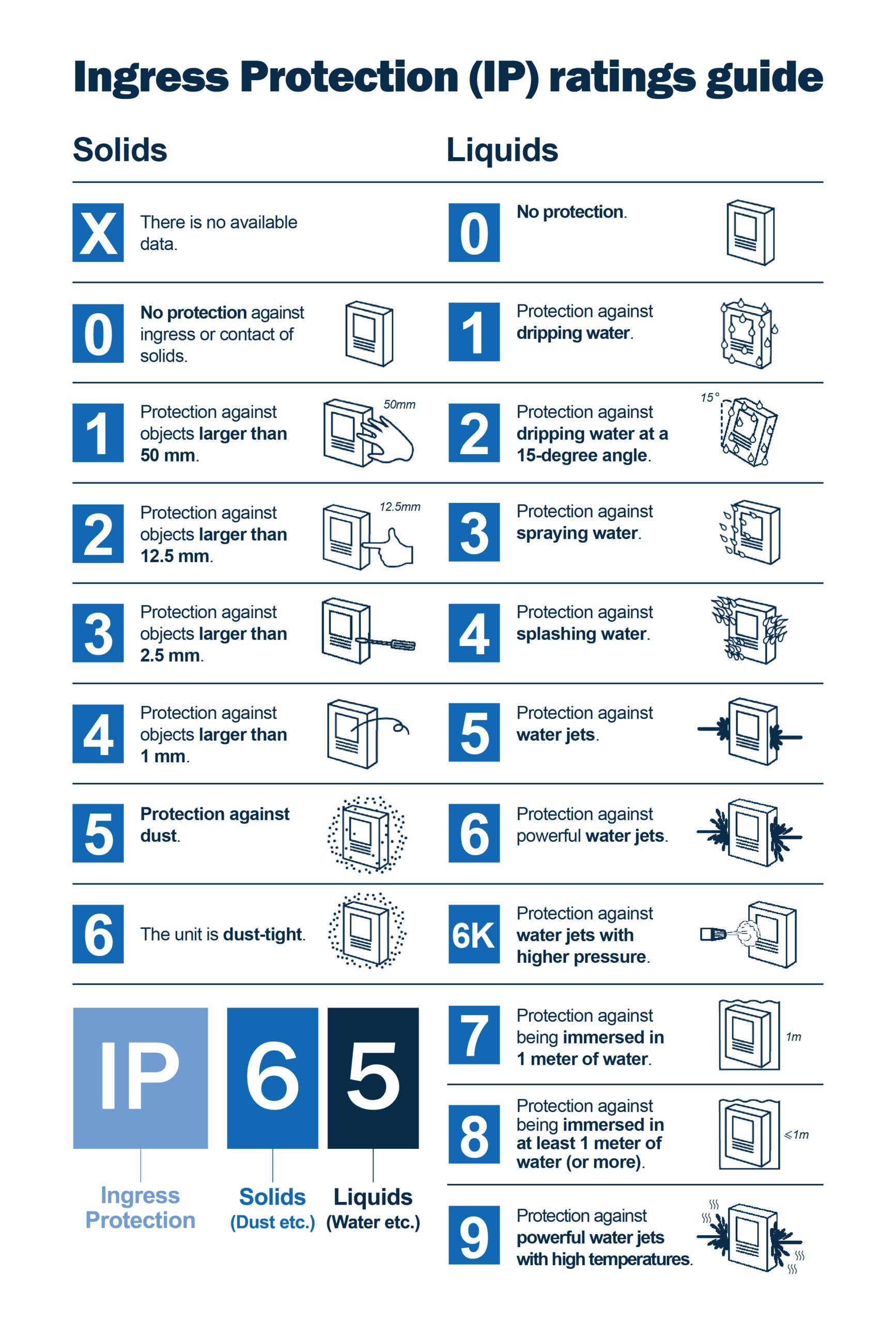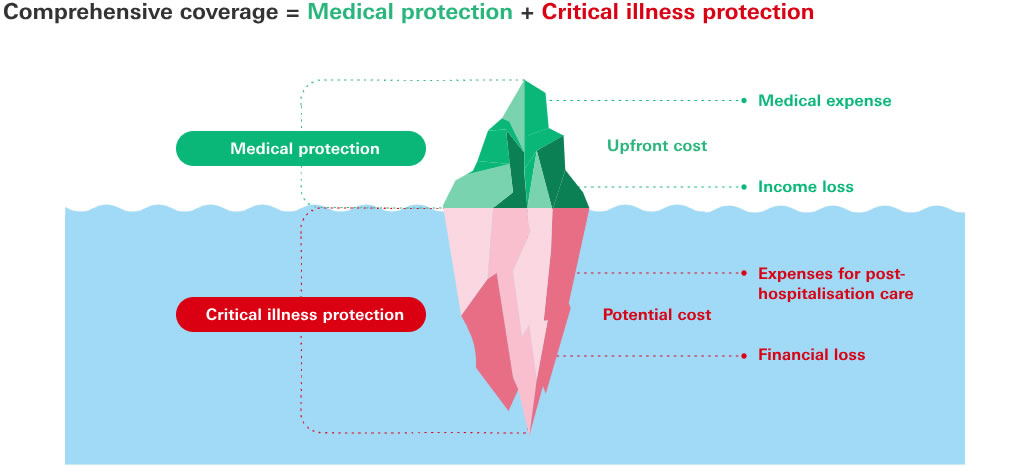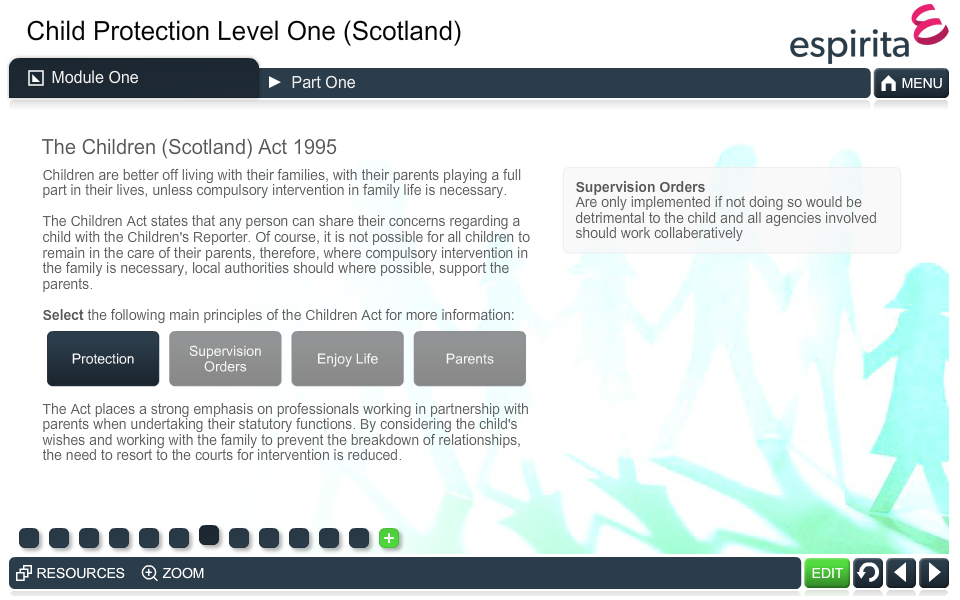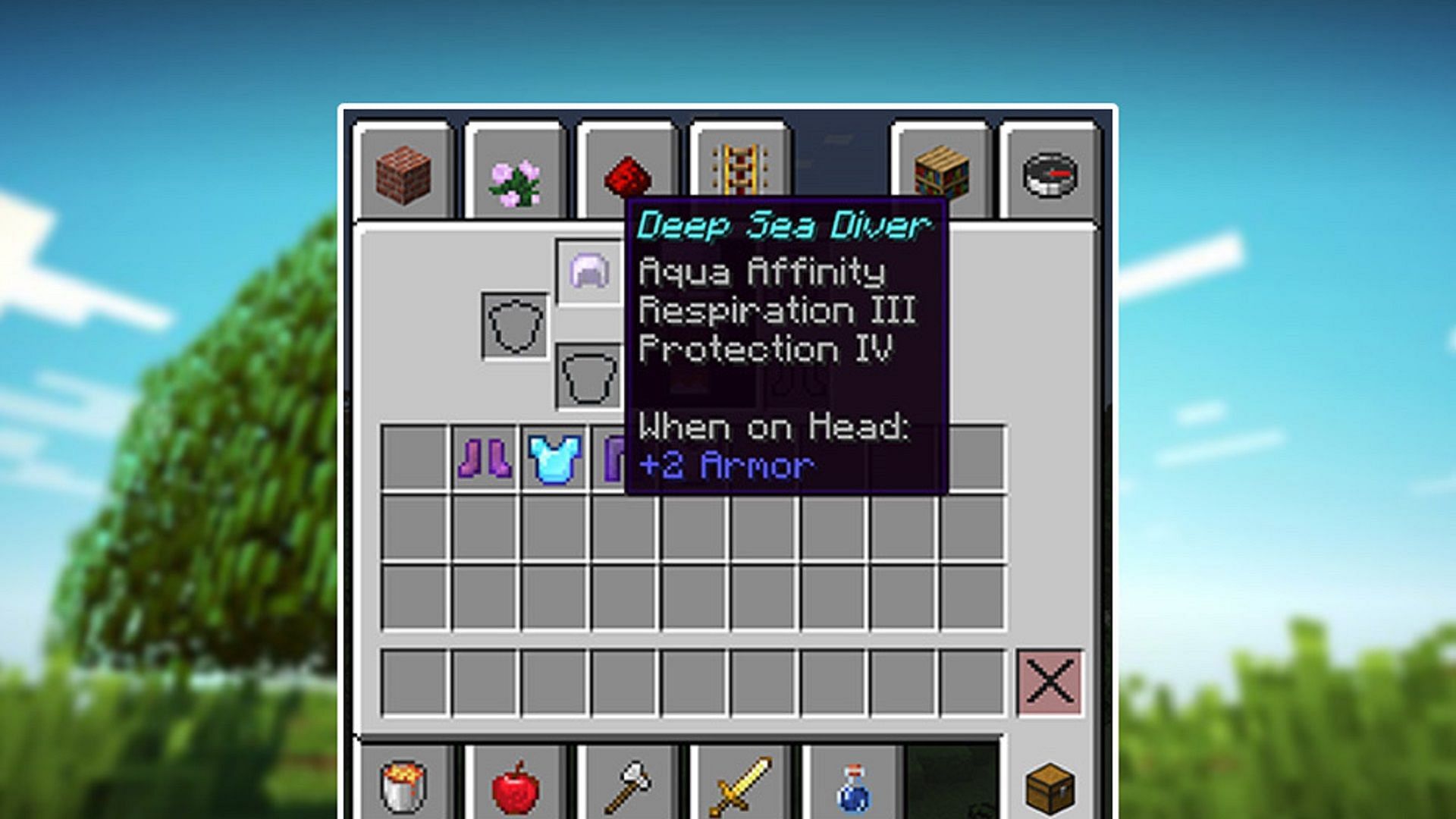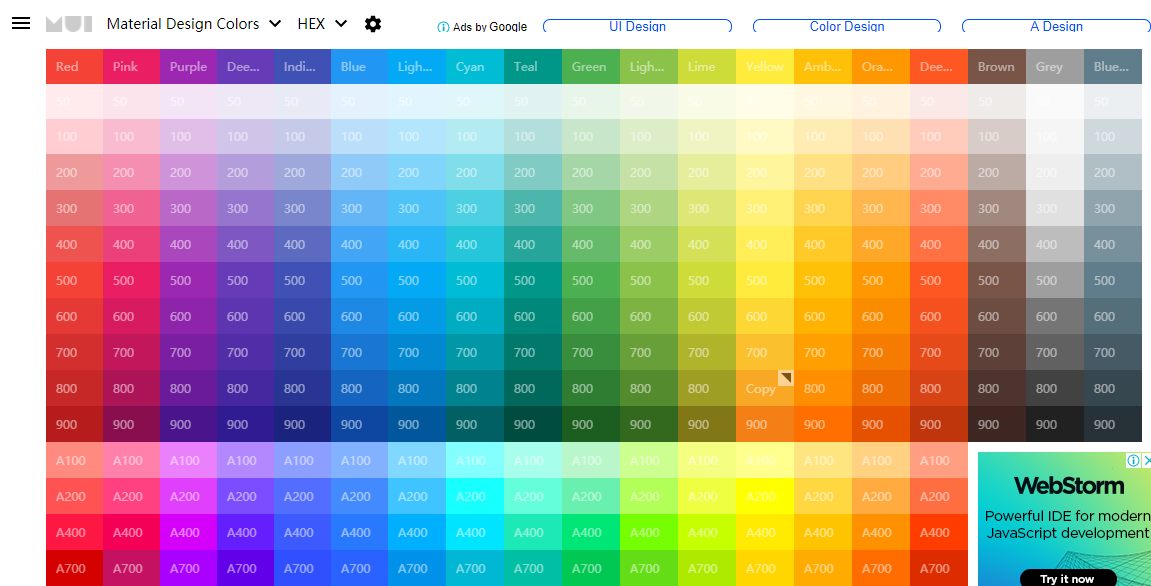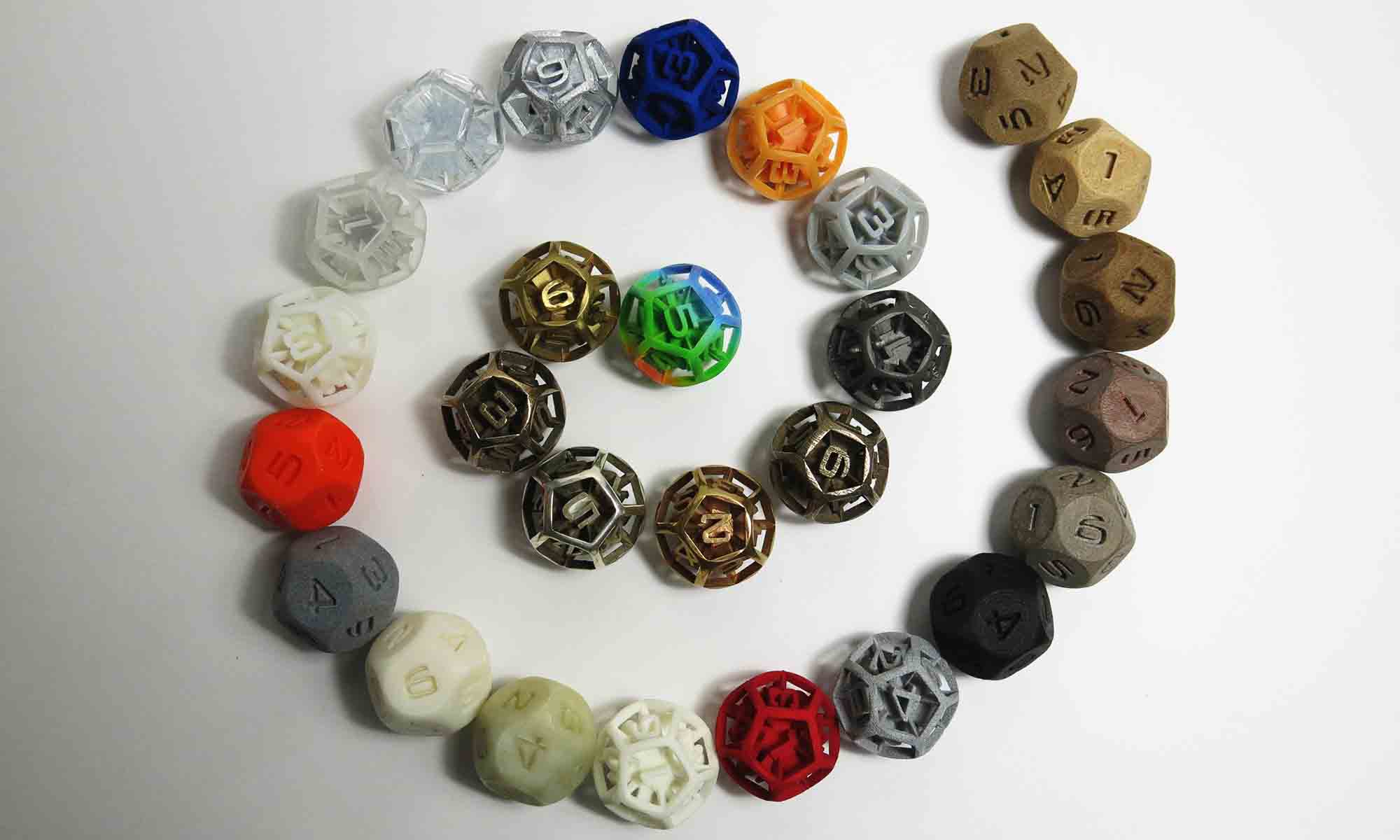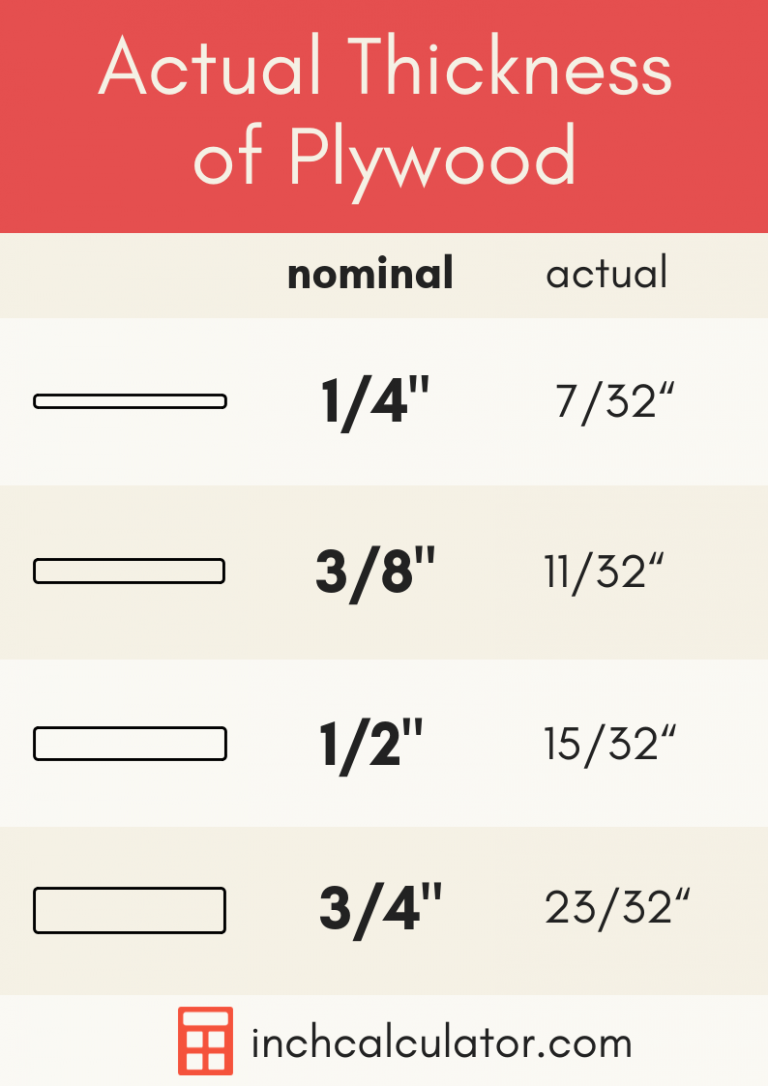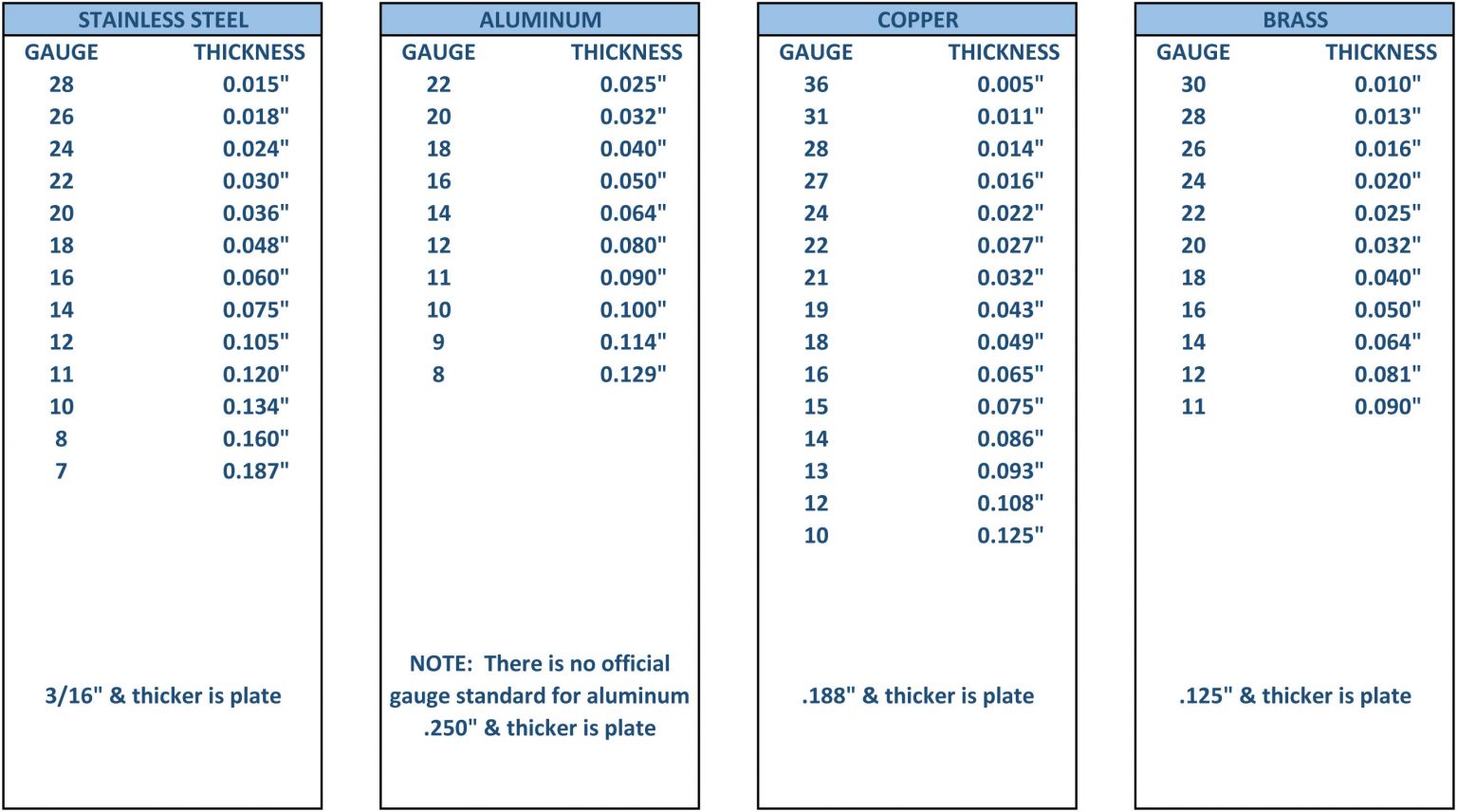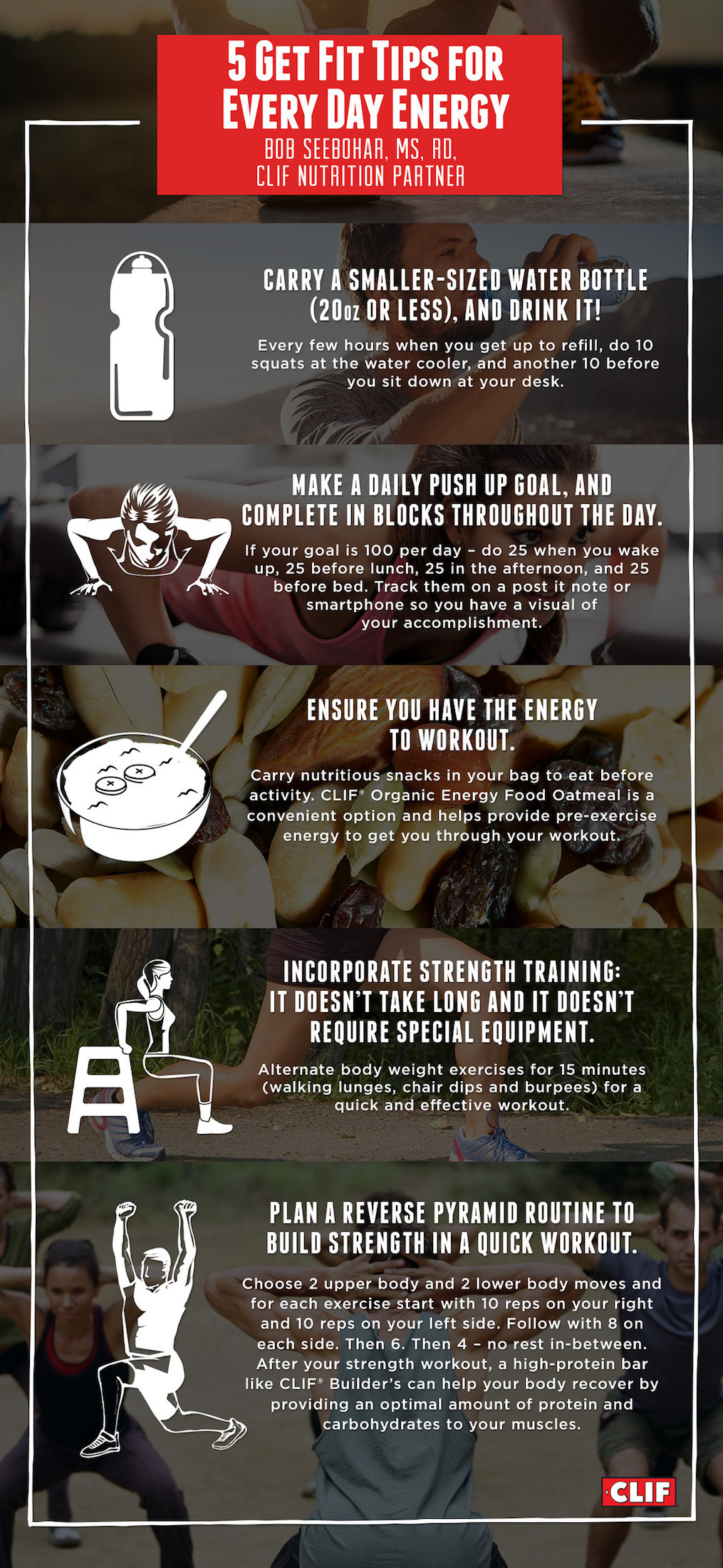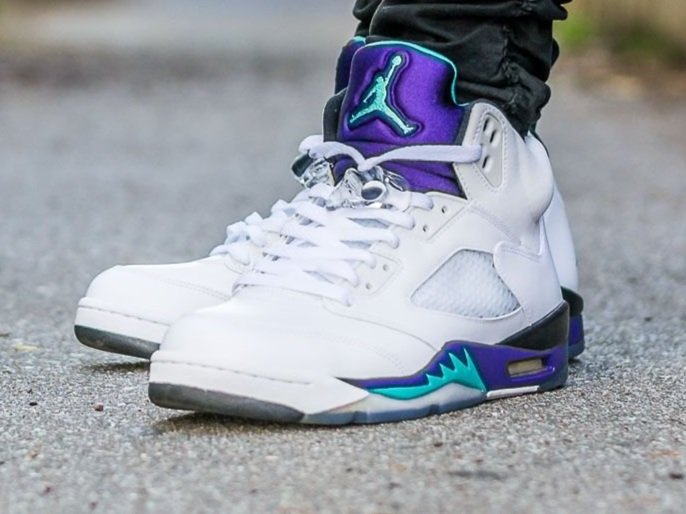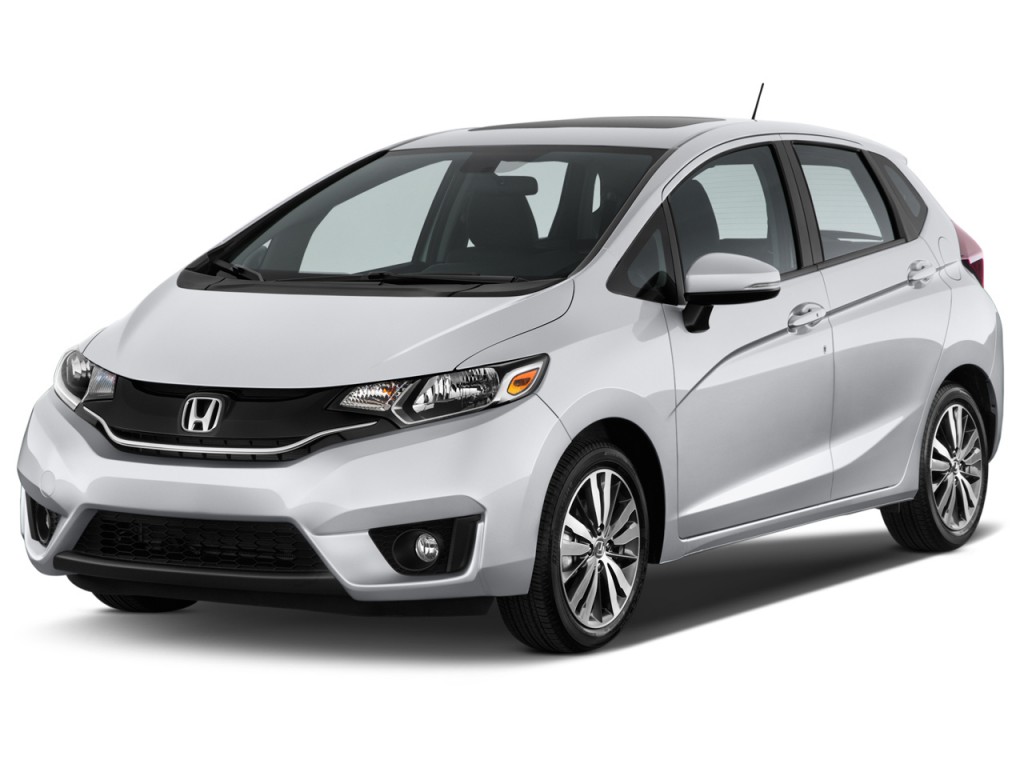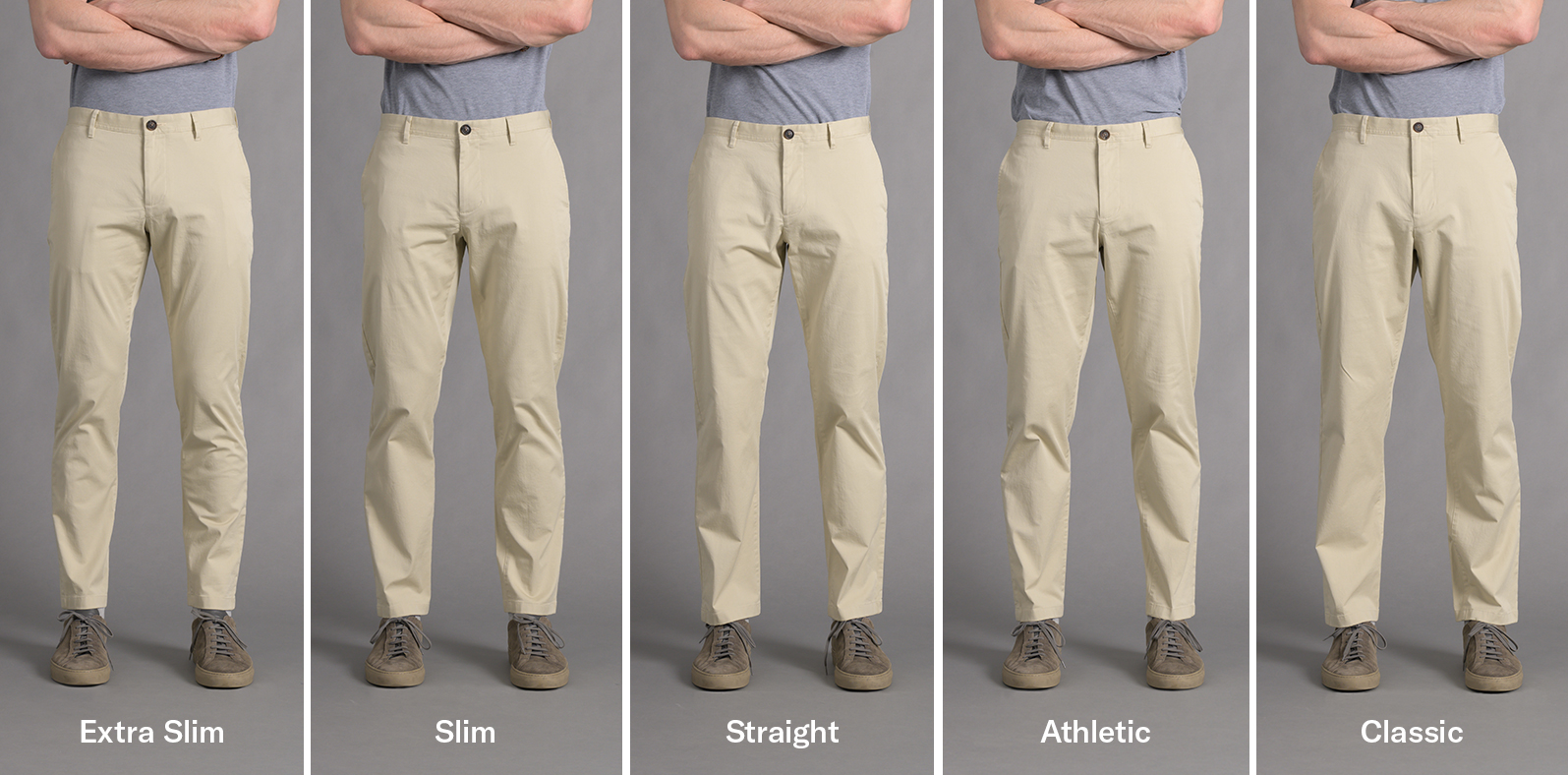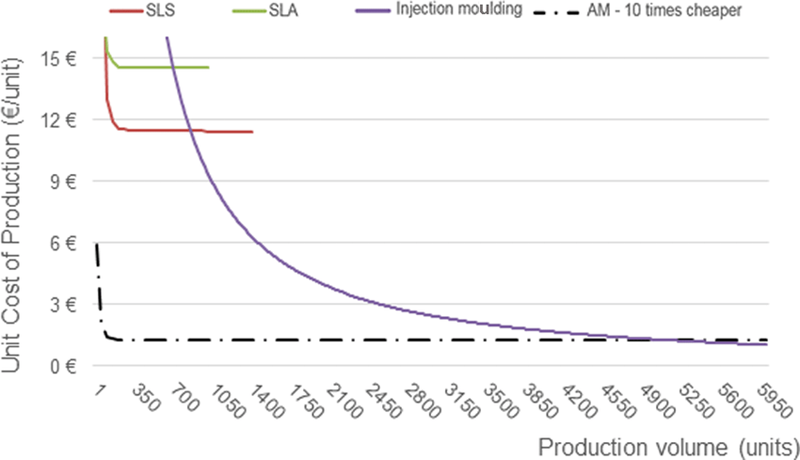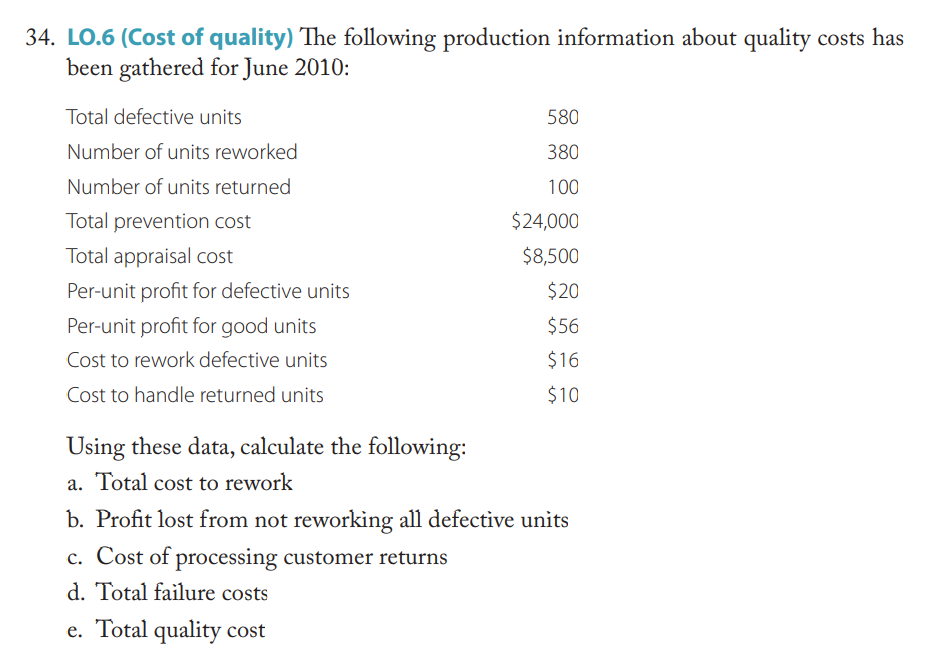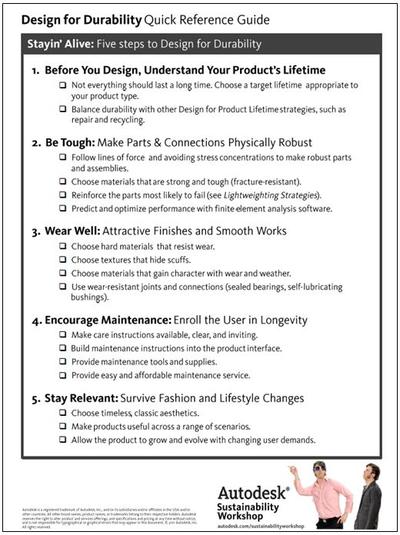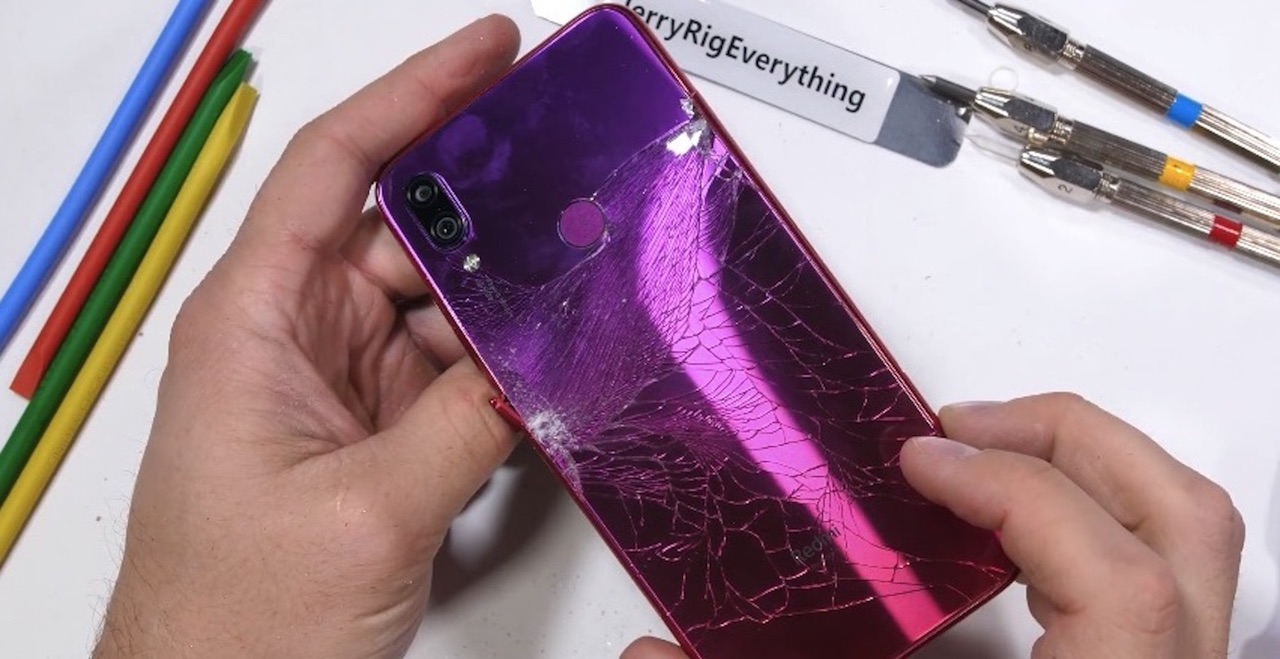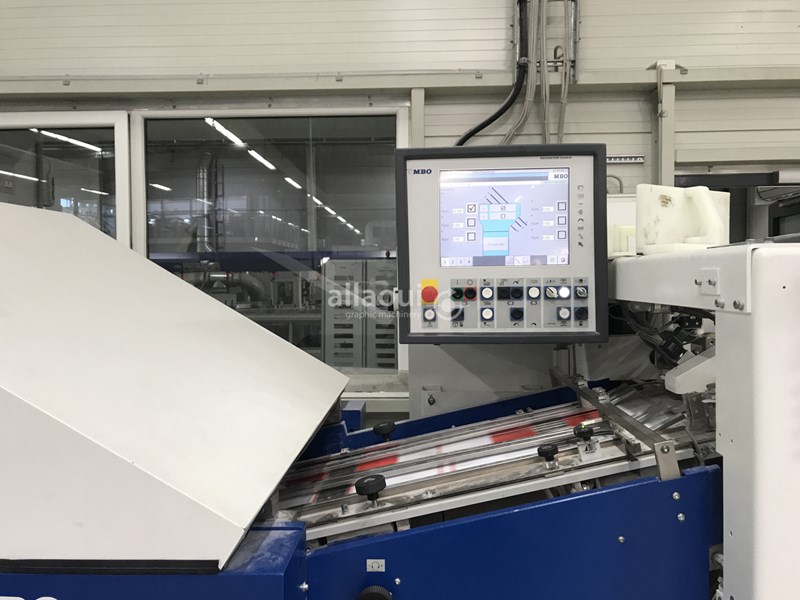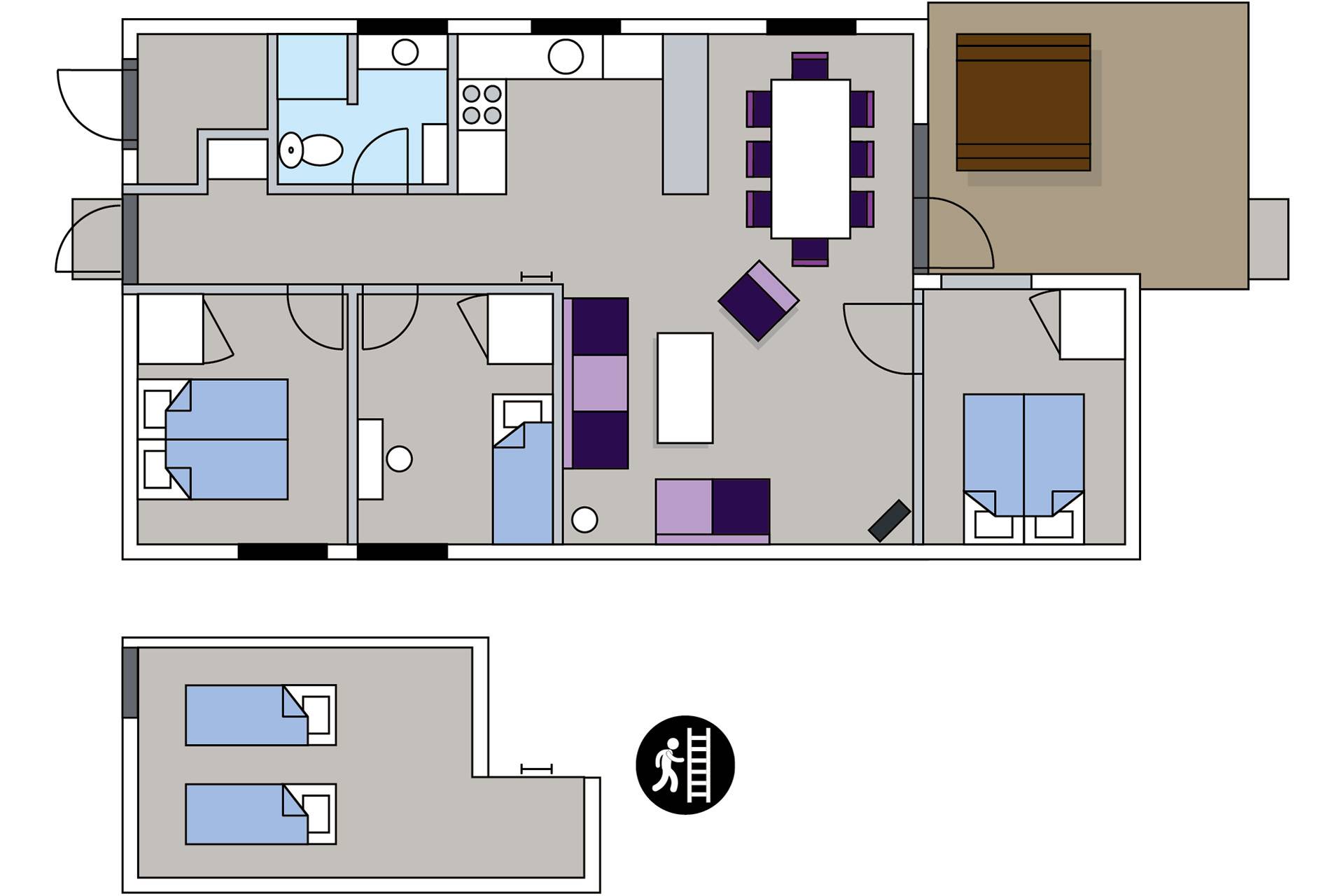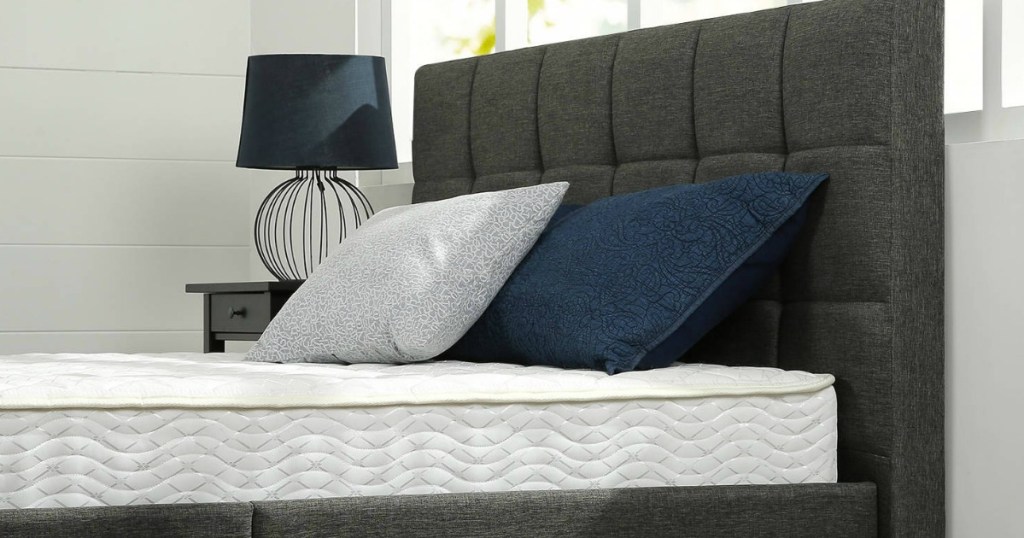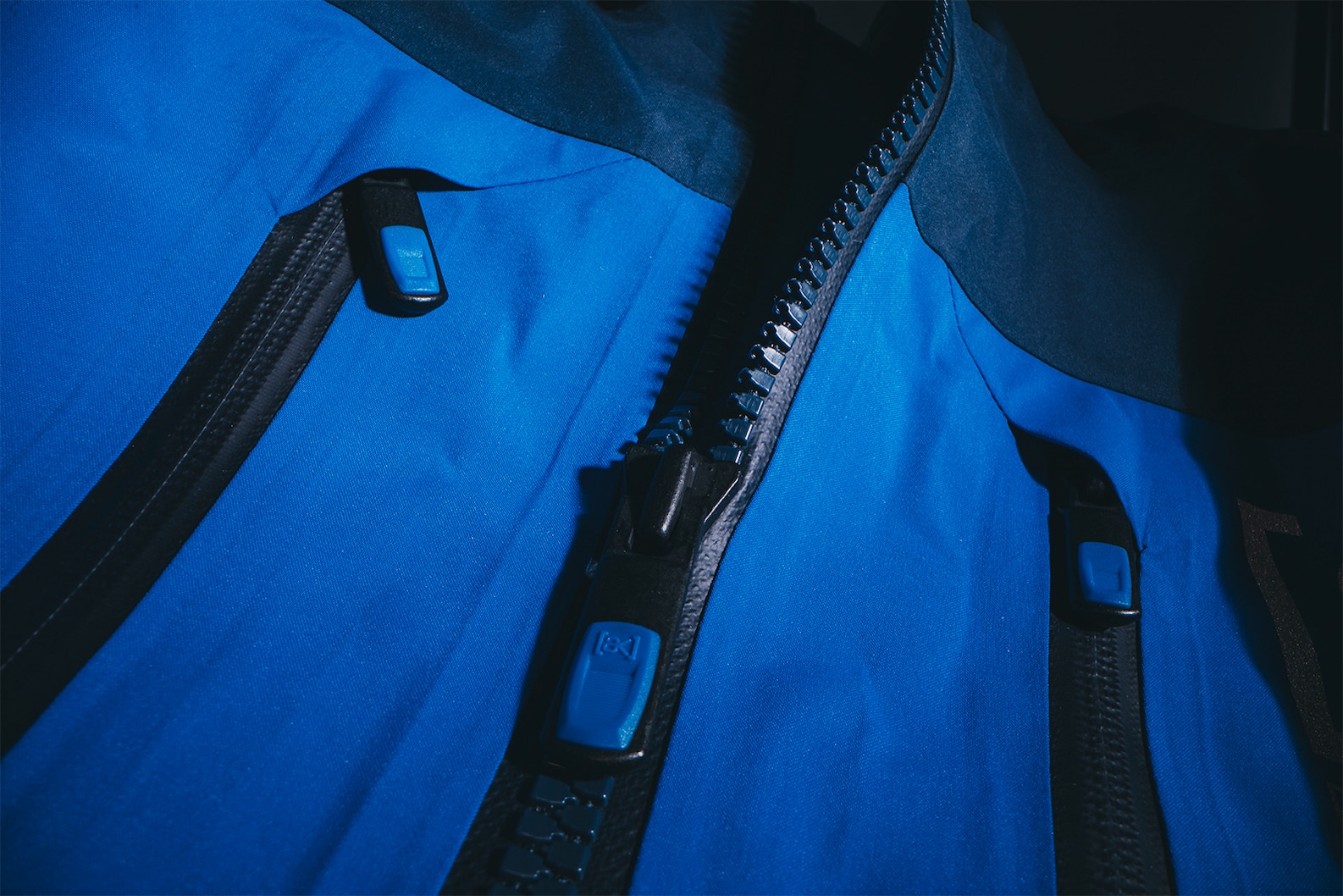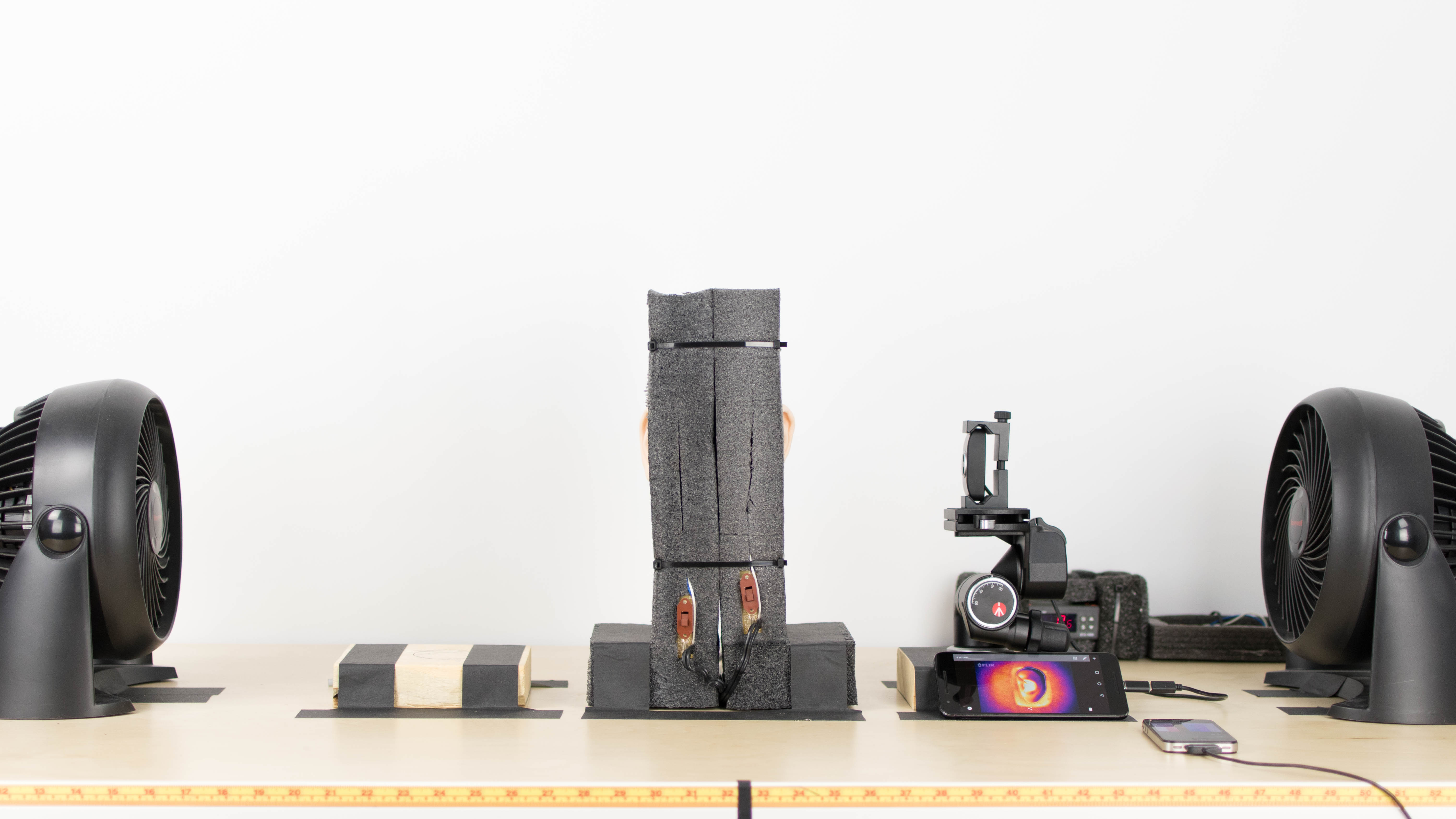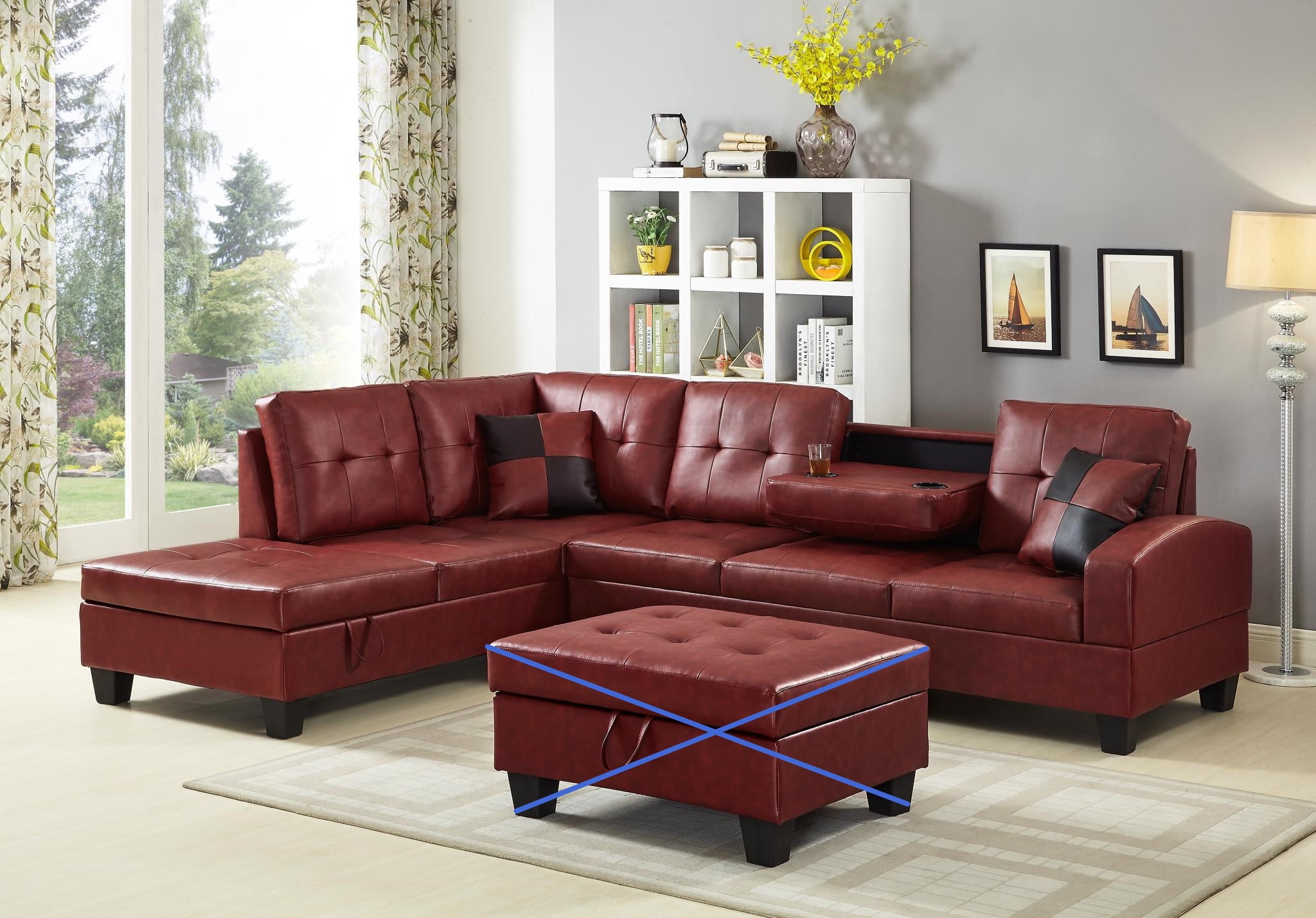When it comes to protecting your mattress, both a mattress pad and a mattress protector can offer some level of protection. However, there are some key differences between the two in terms of the level of protection they provide. A mattress pad is typically used to protect the top of the mattress from stains, spills, and general wear and tear. On the other hand, a mattress protector is designed to provide a more comprehensive protection against not just spills and stains, but also allergens, dust mites, and bed bugs.1. Protection level
The material used in a mattress pad and a mattress protector can also vary. Mattress pads are often made of a thin layer of quilted fabric or foam to add some cushioning to the mattress. On the other hand, mattress protectors are typically made of a more durable and waterproof material, such as vinyl or polyurethane, to provide a barrier against allergens and spills.2. Material
The thickness of a mattress pad and a mattress protector can also differ. Mattress pads are usually thinner and more lightweight compared to mattress protectors. This is because the main purpose of a mattress pad is to add a layer of cushioning to the mattress, while a mattress protector is meant to be more of a barrier between the mattress and potential contaminants.3. Thickness
While both a mattress pad and a mattress protector serve the purpose of protecting your mattress, they have different main purposes. A mattress pad is primarily used to make the mattress more comfortable by adding a layer of softness. It can also help to extend the life of the mattress by preventing wear and tear. On the other hand, a mattress protector is mainly used for protecting the mattress from spills, stains, and allergens.4. Purpose
When it comes to the fit of a mattress pad and a mattress protector, there can be some differences. A mattress pad is typically designed to fit over the top of the mattress like a fitted sheet, while a mattress protector is usually designed to encase the entire mattress, similar to a mattress cover. This means that a mattress protector may offer more complete coverage and protection compared to a mattress pad.5. Fit
The cost of a mattress pad and a mattress protector can also vary. In general, mattress pads are more affordable compared to mattress protectors. This is because mattress pads are simpler in design and offer a lower level of protection compared to mattress protectors. However, it's important to keep in mind that investing in a high-quality mattress protector can potentially save you money in the long run by protecting your mattress and extending its lifespan.6. Cost
The durability of a mattress pad and a mattress protector can also differ. Since mattress pads are typically made of thinner and lighter materials, they may not last as long as mattress protectors. Mattress protectors, on the other hand, are designed to be more durable and withstand regular use and washing. Investing in a high-quality mattress protector can ensure that it will last for many years and continue to provide adequate protection for your mattress.7. Durability
Comfort is another factor to consider when choosing between a mattress pad and a mattress protector. A mattress pad is designed to add a layer of cushioning to the mattress, making it more comfortable to sleep on. However, a mattress protector may not offer the same level of comfort since its main purpose is protection rather than comfort. This can be a personal preference, so it's important to consider your own comfort needs when deciding between the two.8. Comfort
When it comes to cleaning, a mattress pad and a mattress protector may have different requirements. Mattress pads are usually machine washable and can be easily removed and washed as needed. On the other hand, mattress protectors may require more care when cleaning, especially if they are waterproof. Some may need to be hand-washed or dry cleaned, while others may be machine washable. It's important to follow the care instructions provided by the manufacturer to ensure the longevity of your mattress pad or protector.9. Cleaning
The breathability of a mattress pad and a mattress protector can also differ. Since mattress pads are typically made of thinner materials, they may offer better breathability compared to mattress protectors. This can be beneficial for those who tend to sleep hot and want to avoid trapping body heat. However, some mattress protectors are specifically designed to be breathable, so it's important to do your research and choose one that suits your specific needs.10. Breathability
Additional Body Paragraph: Understanding the Benefits of Using a Mattress Protector
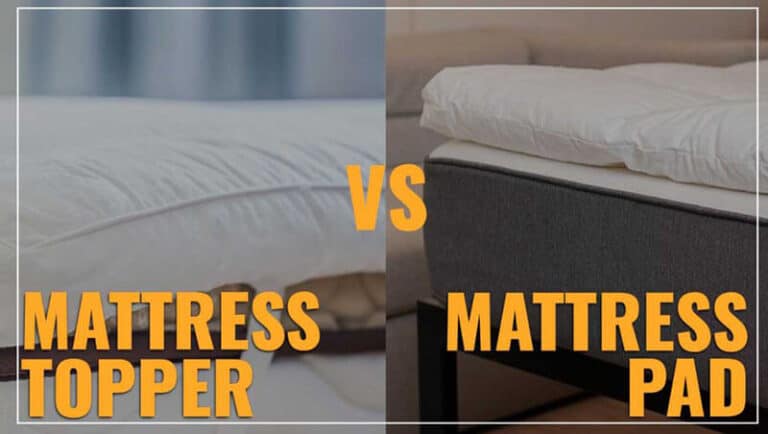
Protects Your Mattress from Stains and Spills
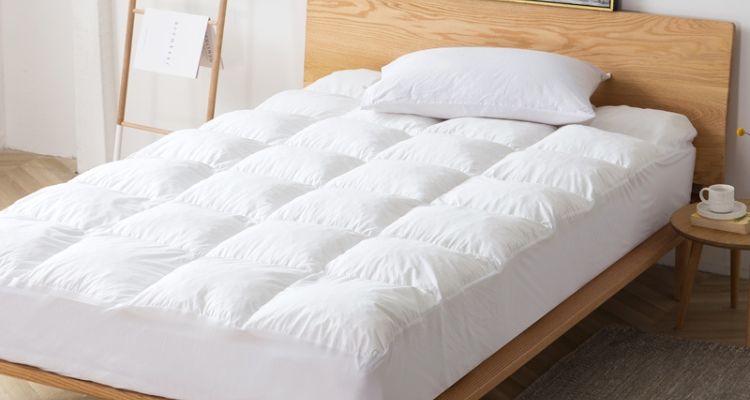 One of the main differences between a mattress pad and a mattress protector is their primary purpose. While a mattress pad provides an extra layer of cushioning and comfort, a mattress protector is designed to protect your mattress from stains and spills.
The use of a mattress protector can prolong the lifespan of your mattress by preventing any liquid or solid substance from seeping into the mattress and causing damage.
For example, if you accidentally spill your morning coffee on your bed, the mattress protector will act as a barrier, preventing the liquid from reaching your mattress. This not only keeps your mattress clean and hygienic, but also saves you the hassle and cost of having to replace your mattress due to irreparable stains.
One of the main differences between a mattress pad and a mattress protector is their primary purpose. While a mattress pad provides an extra layer of cushioning and comfort, a mattress protector is designed to protect your mattress from stains and spills.
The use of a mattress protector can prolong the lifespan of your mattress by preventing any liquid or solid substance from seeping into the mattress and causing damage.
For example, if you accidentally spill your morning coffee on your bed, the mattress protector will act as a barrier, preventing the liquid from reaching your mattress. This not only keeps your mattress clean and hygienic, but also saves you the hassle and cost of having to replace your mattress due to irreparable stains.
Prevents Dust Mites and Allergens
 Another benefit of using a mattress protector is its ability to prevent dust mites and allergens from accumulating on your mattress.
These microscopic creatures feed on dead skin cells and thrive in warm and humid environments, making your mattress an ideal breeding ground for them.
This can lead to allergies, respiratory problems, and even skin irritations. A mattress protector acts as a barrier, preventing dust mites and allergens from penetrating your mattress and causing these issues. This is especially beneficial for those who suffer from allergies or have sensitive skin.
Another benefit of using a mattress protector is its ability to prevent dust mites and allergens from accumulating on your mattress.
These microscopic creatures feed on dead skin cells and thrive in warm and humid environments, making your mattress an ideal breeding ground for them.
This can lead to allergies, respiratory problems, and even skin irritations. A mattress protector acts as a barrier, preventing dust mites and allergens from penetrating your mattress and causing these issues. This is especially beneficial for those who suffer from allergies or have sensitive skin.
Easy to Clean and Maintain
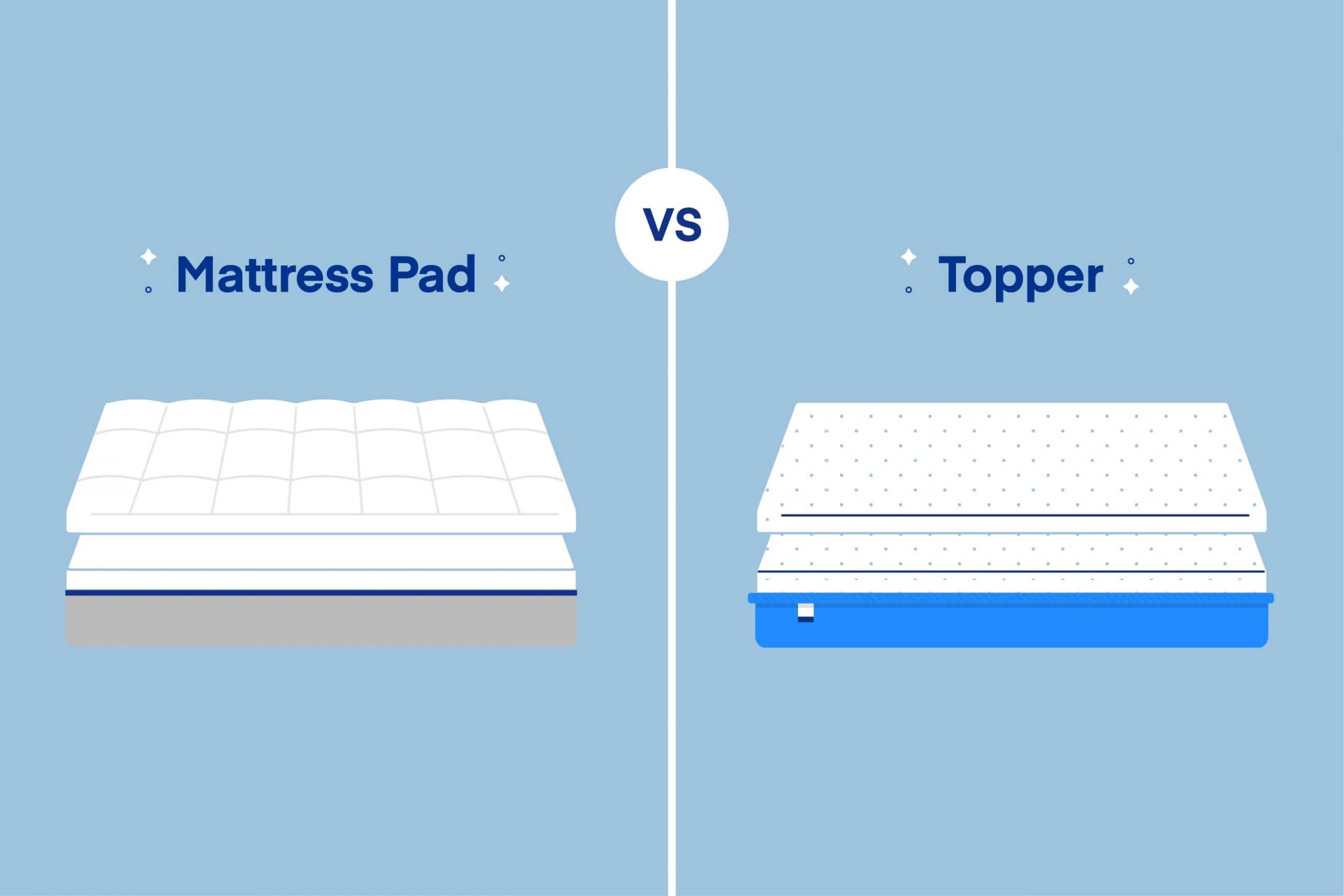 A mattress protector is also easier to clean and maintain compared to a mattress pad.
Most mattress protectors are waterproof and can be easily removed and thrown into the washing machine for a quick and thorough clean.
This makes it convenient for busy homeowners who want to keep their mattresses clean and fresh without spending too much time and effort.
In addition, a mattress protector can also help protect against sweat, body oils, and other bodily fluids, keeping your mattress clean and hygienic.
A mattress protector is also easier to clean and maintain compared to a mattress pad.
Most mattress protectors are waterproof and can be easily removed and thrown into the washing machine for a quick and thorough clean.
This makes it convenient for busy homeowners who want to keep their mattresses clean and fresh without spending too much time and effort.
In addition, a mattress protector can also help protect against sweat, body oils, and other bodily fluids, keeping your mattress clean and hygienic.
In conclusion, while both a mattress pad and a mattress protector may seem similar at first glance, they serve different purposes. A mattress protector is an essential investment in keeping your mattress clean, hygienic, and in good condition for years to come. With its ability to protect against stains, spills, dust mites, and allergens, as well as its easy maintenance, a mattress protector is an important addition to any household.
